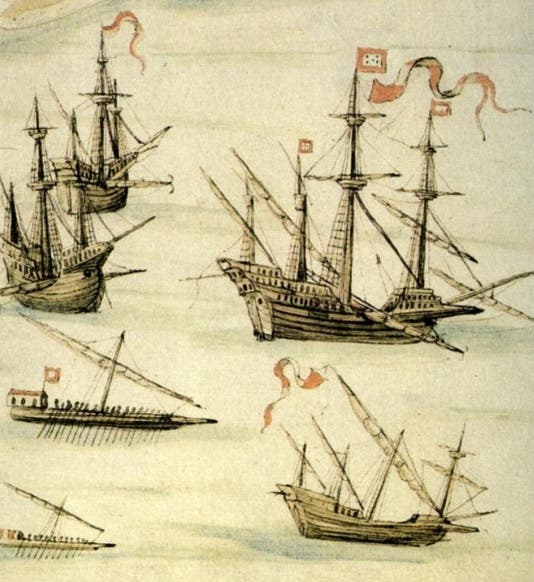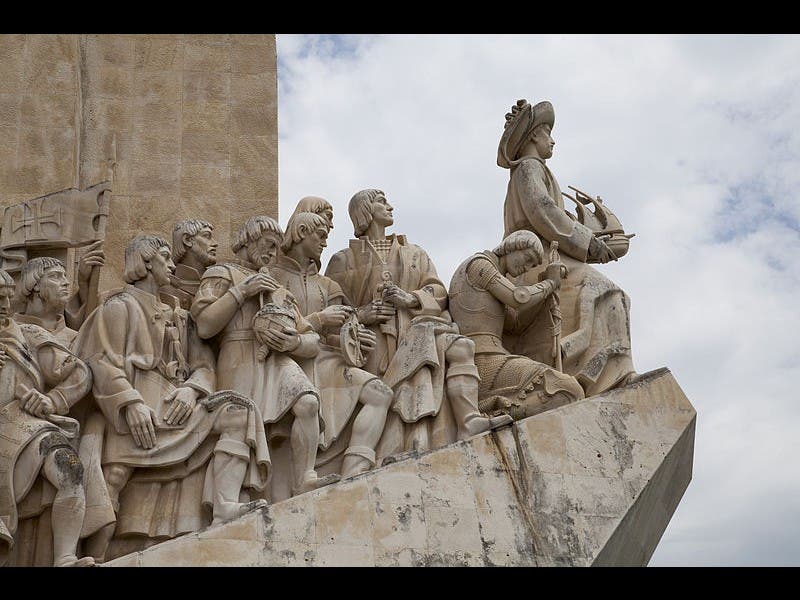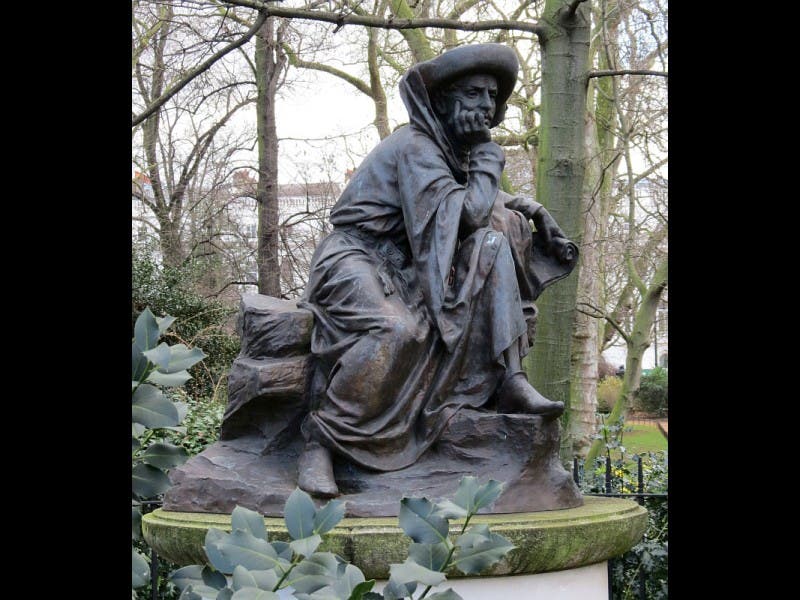Scientist of the Day - Prince Henry the Navigator (Honorary)
Prince Henry of Portugal, called "the Navigator", died Nov. 13, 1460, at the age of 66. Prince Henry was largely responsible for the great wave of expansion that made Portugal the dominant sea-faring nation in the world by 1500. Beginning in 1419, Prince Henry repeatedly sent expeditions down the west coast of Africa. When he started, no European had been any further south than Cape Bojador, just below Morocco. By the time of Henry’s death, 40 years later, his ships had explored a further 1500 miles of West African coastline, and opened up a new route to the gold (and slave)-rich region of the West Sudan (which until then could be accessed only by Muslim trans-Saharan traders). In the process, his ships also discovered (or rediscovered) Madeira, the Azores, and the Cape Verde Islands
Part of Henry's success was due to a new ship he employed, the caravel, which has three lateen sails, with which it could beat closer to the wind than any other contemporary vessel. The first image above shows a 16th century drawing of various ships; the caravel is the tiny three-master at bottom right, dwarfed by the larger naus or carracks above. Many accounts of Henry claim that he was himself trained in astronomy and navigation, and that he set up a school for the nautical sciences at Sagres Promontory at the southern tip of Portugal, which has been called a "scientific citadel" and a "center for exploration and hydrography". We now know this is a legend created by certain Portuguese historians in early modern times, for which there is no evidence whatsoever. Nevertheless, Henry is celebrated world-wide as the Prince of Navigators; on the elaborate monument to the Age of Navigation in Lisbon, Henry is at the very front, holding a model of a caravel (second image above); there are also statues of Henry in London: (third image above), and even in Fall River, Massachusetts (fourth image above).
Dr. William B. Ashworth, Jr., Consultant for the History of Science, Linda Hall Library and Associate Professor, Department of History, University of Missouri-Kansas City










